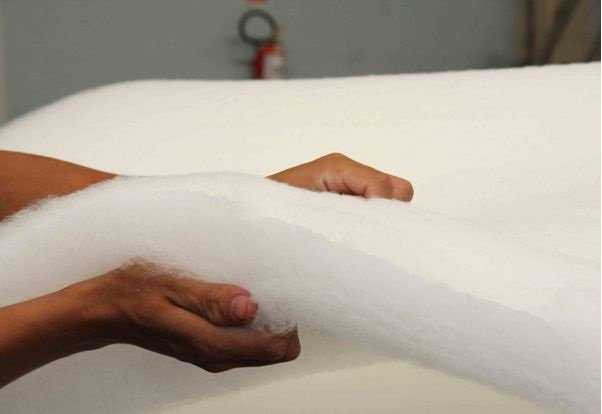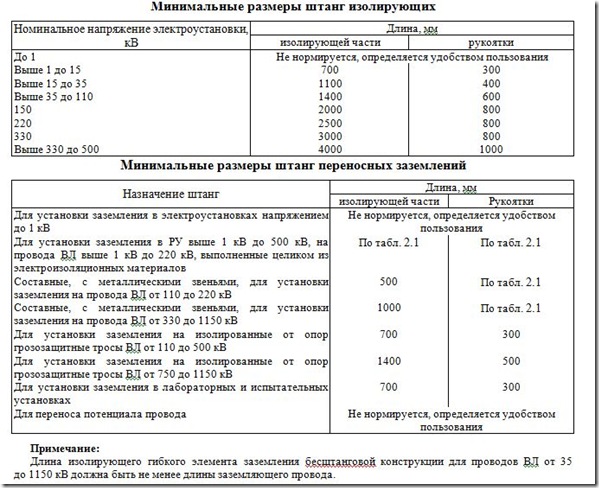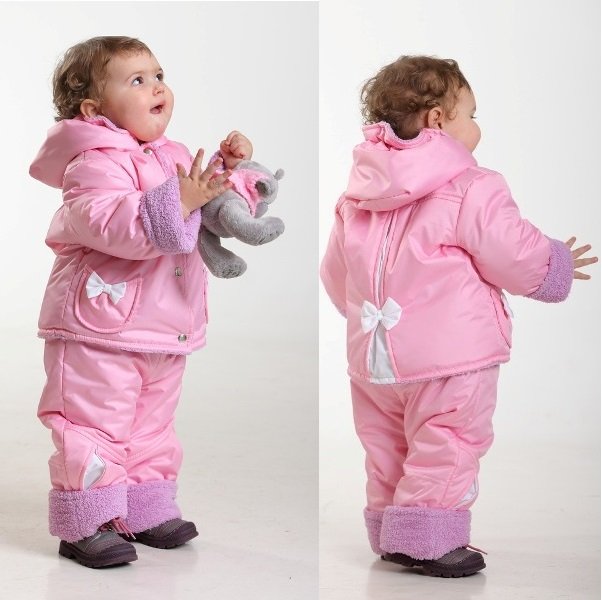SWAT equipment / War / We create communication
What does the Military Pathfinder EDC* contain?
John Hurt of the TYR Group talks about his gear.
*EDC=
A reconnaissance squad should travel as lightly as possible, but everyone in it carries the right equipment to survive on the battlefield. In order for the "pathfinder" and his team to successfully complete their combat mission, mobility becomes a key factor. The scout's ability to react to the enemy is reduced when he is weighed down with a heavy load, causing physical/mental fatigue and putting the "tracker" in danger, if necessary, to quickly react to contact with the enemy.
The Pathfinder's combat load is critical when it comes to working, fighting and surviving in the environment that surrounds him. It cannot rely on a general set for all possible contingencies or combat missions, its "offload" must be based on its specific mission and ability to remain mobile but maintain combat effectiveness. When choosing equipment, it is necessary to choose those elements that are light and multifunctional. The combat load should be light so that the "tracker" remains alert, agile and cautious.
Equipment required for a mission falls into 3 categories:
Level 1: Describes uniforms and items for personal use. These are uniform elements, boots, belt, tokens, compass, harness and any other survival items carried by the fighter personally.
Level 2: Describes the payload carried by the Pathfinder, which must not exceed 48 pounds. This is the personal weapons of the scout, ammunition and equipment for carrying it.
Level 3: Describes sustained payload for sustained operations not to exceed 72 pounds (including combat load).
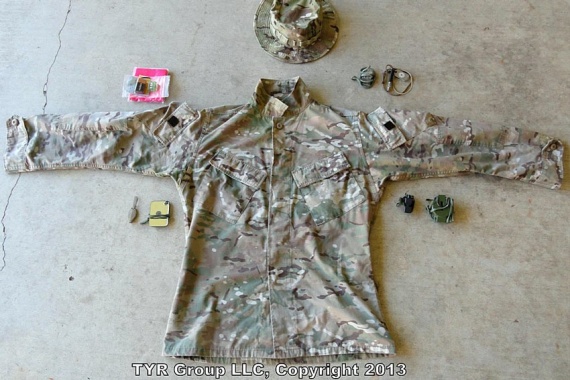
Level 1
1. Camouflage jacket. Must have a 1-inch panel for an infrared identification tag "friend or foe" (hereinafter referred to as the "IFF tag").
2. Camouflage headdress. IFF-tag is placed on the top of the headgear - to facilitate the identification of a fighter from the air.
3. Signaling devices. The Phoenix IR-15 is a programmable transmitter with a 9V battery for marking one's position at night and a 10*10 inch signal fabric panel cut from VS-17 canvas. This panel is used as a signal recognition device to communicate with other ground elements of the group.
4. Identification Tags.
5. Signal device SAR Eclipse. SAR offers a very compact device that has been tested and validated over 10 miles in sunlight.
6. INOVA Microlight. This small flashing beacon operates in white, green, blue and red and is ideal for signaling or checking maps at night.
7. Signal Mirror. In addition to signaling, masking the face or shaving with the signal mirror, it is also a good way to control the light to see details or marks.
8. Whistle. The whistle is very handy when you have to relay commands to other friendly party members while firing.
9. Magnetic compass. While GPS is an important piece of equipment, it will never take the place of a good compass. 
10. Camouflage pants.
11. Trouser belt.
12. Lighter.
13. Notepad. This notebook contains information obtained during the mission, along with a map of the area.
14. Map, protractor and pencil.
15. Field repair kit. To quickly restore the uniform in case of damage (patches, fastex, etc. - approx. per.)
16. Diet. Must contain high energy foods.
17. Shoes. 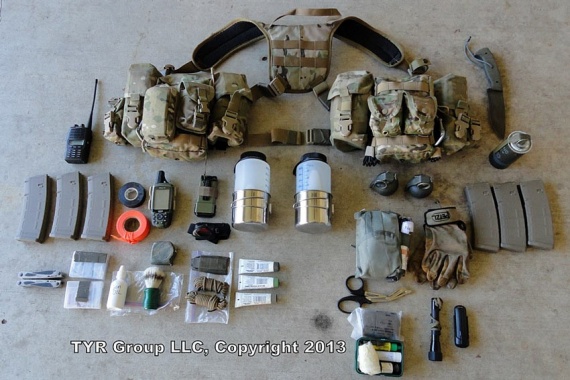
Level 2
1. Unloading system (Load Bearing Equipment, LBE). In this case, it is MAV Tactical Tailor, with a split front panel.
3. Stores. In the "unloading" should be only the main ammunition - no more.
4. Insulating tape. For connecting various parts in the field.
5. Colored electrical tape. For marking on the last known sign.
6. GPS. The GPS is an important piece of equipment that can track a squad's route and give an accurate location. However, I wouldn't rely heavily on battery technology. If you are unable to locate your location, keep GPS turned off to save battery life.
7. Flashing light with IR attachment. To signal friendly forces.
8. Multitool. They are great for small repairs and usually have a knife, flat and Phillips screwdrivers, a can opener and pliers.
9. Spare batteries. In an amount sufficient for all your equipment for the period of operation. When choosing equipment, be guided by equipment that requires the same type of battery as you have. AA batteries are compact, and besides that, they can be found anywhere in the world.
10. Gun oil and brush. A bottle of oil to protect and lubricate gear is essential in any environment. The shaving brush is also useful when cleaning equipment from dust and debris.
11. Ruler (measuring device). For taking measurements or showing scale when shooting.
12. Headlamp. A good thing in moments when you need to keep both hands free - for example, searching a prisoner.
13. 550 paracord. 25-30 feet (~7-9 meters) of paracord can be used to repair, tie or fasten various items.
14. Knife sharpener. It is very important, as a dull knife is of no use.
15. Camouflage Face Paint.
16. Water bottles.
17. Knife. A multifunctional knife with a blade at least 6 inches long The knife must be heavy, sharp, and versatile enough to be used for housing, various survival tasks, or combat use. The knife in the photo above is the result of a joint development of the author of the article and knifemaker Jeff Crowner (Jeff Crowner).
18. Smoke grenade. For camouflage or signaling.
19. Frag grenade. Take at least 2 Frag Grenades on patrol.
20. Individual first aid kit. This kit provides the necessary gear to help yourself or a comrade and addresses the two main causes of death on the battlefield, limb hemorrhage and airway obstruction. The kit linked above includes: tourniquet, 2 elastic bandages, 4-1/2" gauze bandages, adhesive tape, nasopharyngeal catheter, 4 pairs of sterile gloves, 2 Pri-Med gauze bandages, EMS scissors, kerchief bandage and cleaning tablets water.
21. Protective Gloves. Used to mask and protect hands from cuts.
22. Mag-Lite flashlight / Blast Match lighter. Mag-Lite is essential for reconnaissance at night. The Blast Match is another great all-weather survival tool that can be used one-handed in the event of an injury. 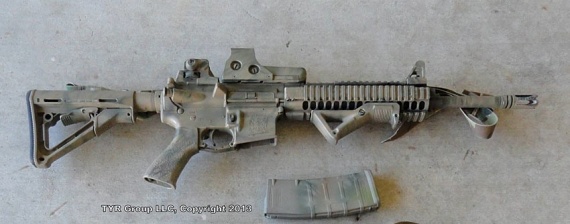
23. Rifle. The rifle is issued. Contrary to popular belief, soldiers and law enforcement do not choose their weapon system or weapon caliber. No matter what type of weapon is issued to him, the operator must be an expert in their use.
24. Weapon Accessories. Optical sights or collimators may be required for the mission depending on the METT-T. In addition, a laser designator / under-barrel flashlight would be nice to have for operations at night.
Level 3
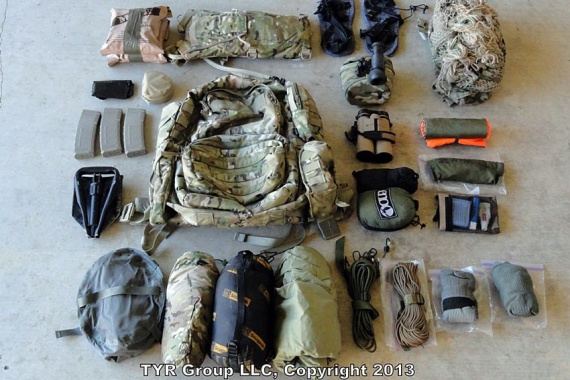
1. Backpack. This is the piece of equipment in which the "tracker" carries all his equipment on long exits. The size of the backpack is dictated by the amount of supplies needed by the fighter for all the time when supplies from outside are not possible. Estimated time for operation, terrain and weather conditions in which you will have to work - all these factors should be considered by the "pathfinder" when packing the backpack.
2. Dry rations. It is necessary to have a supply of 48-72 hours minimum.
3. 3 liter hydrator. The scout needs enough water to stay in line for the duration of the operation, or until a suitable source of water is found (or a supply is obtained). Water is consumed from the hydrator first. If for any reason the hydrator was dropped during an operation - a fighter should always have a full flask on his LBE.
4. CAT PAWS Carlton ("cat's paws"). CAT Paws are a great item for a tracker to cover their tracks.
5. Cape VIPER. The VIPER camouflage hood breaks the visual silhouette of the human head and shoulders. The best part of the VIPER is that it does its job without blocking access to equipment, and without preventing the fighter from getting to the pockets on his LBE.
6. Large trash bag. For waterproofing or for storing debris during surgery.
7. A set for cleaning weapons. This kit should be able to support your weapon in the field. At a minimum, the kit should contain a collapsible ramrod with various attachments (bristle brush, vishers, etc.), a flathead screwdriver, rivets, grease, an optics brush and a universal brush.
8. Night vision device. The device will be required when carrying out operations at night.
9. Spare Magazines. Three additional equipped magazines.
10. Binoculars. Should be used whenever possible to detect an enemy from a distance. It also provides a wider field of view than a monocular or telescopic sight.
11. VS-17 Panel. The VS17 can be placed on the ground to locate troops from a friendly aircraft or determine where assistance is needed.
12. E-Tool. The E-Tool is a lightweight, collapsible shovel that can be used for digging or slicing.
13. Hammock. Depending on the operational environment, a hammock can be essential for staying dry while sleeping at night.
14. Repair kit for uniforms and equipment. It should include thread, needles and pins.
15. Personal hygiene kit. Minimal hygiene items such as nail clippers, toothbrush, toothpaste and a small wash cloth.
16. Compression or waterproof bag.
17. Tent-basha. It should be large enough to hide the fighter, or be used as a makeshift stretcher to transport the casualty.
18. Bedding. Depending on the conditions, it can range from padded sleeping bags for extreme temperatures to poncho liners for more tropical climates.
19. Gore-Tex bivy bag. The bivy provides a waterproof, breathable cover that keeps out wind, snow and rain.
20. Elastic cords (ties). For quick packing of items such as an awning.
21. 550 paracord. 25-30 feet (~7-9 meters) of paracord can be used to repair, tie or fasten various items.
22. Spare socks. Foot control is a must! Dry, clean socks will help prevent blisters, calluses, and fungus.
Again, when deciding on gear, choose items that are lightweight and versatile. The combat load should be light so that the "tracker" remains alert, agile and cautious.
Note from the editor-in-chief of It's Tactical: John (John Hurth) is a retired American special forces officer who was assigned to the 1st SOF Group based at Fort Lewis, Washington. During his service, he took part in several missions abroad, which included two military campaigns in support of the global war on terror. He now draws on his years of experience as the owner and lead instructor of the TYR Group, where he and his staff provide training in various tracking techniques.
- Rules for the use of electrical protective equipment when working in electrical installations
- How to sew fleece mittens
- Protective equipment in electrical installations
- Glasses for a computer: which is better to choose
- How to wash things with thinsulate insulation
- Training in electrical safety, labor protection, ecology, electrical safety, fire-technical minimum, first aid to victims courses
- Means of protection in electrical installations up to and above 1000 Volts
- What is fleece fabric, where is it used and how to care for it
- Personal protective equipment
- What is this fabric?
- Thinsulate
- When the scheme is used in English will du
- Conditional sentences in English
- Conditional sentences in English
- Learning English with a toddler
- How to teach English to a child
- The Present Perfect Continuous Tense
- How to replenish vocabulary?
- How to replenish the vocabulary of the Russian language: tips How to replenish the vocabulary of the phone
- Teaching a child English How easy it is to learn English with children




